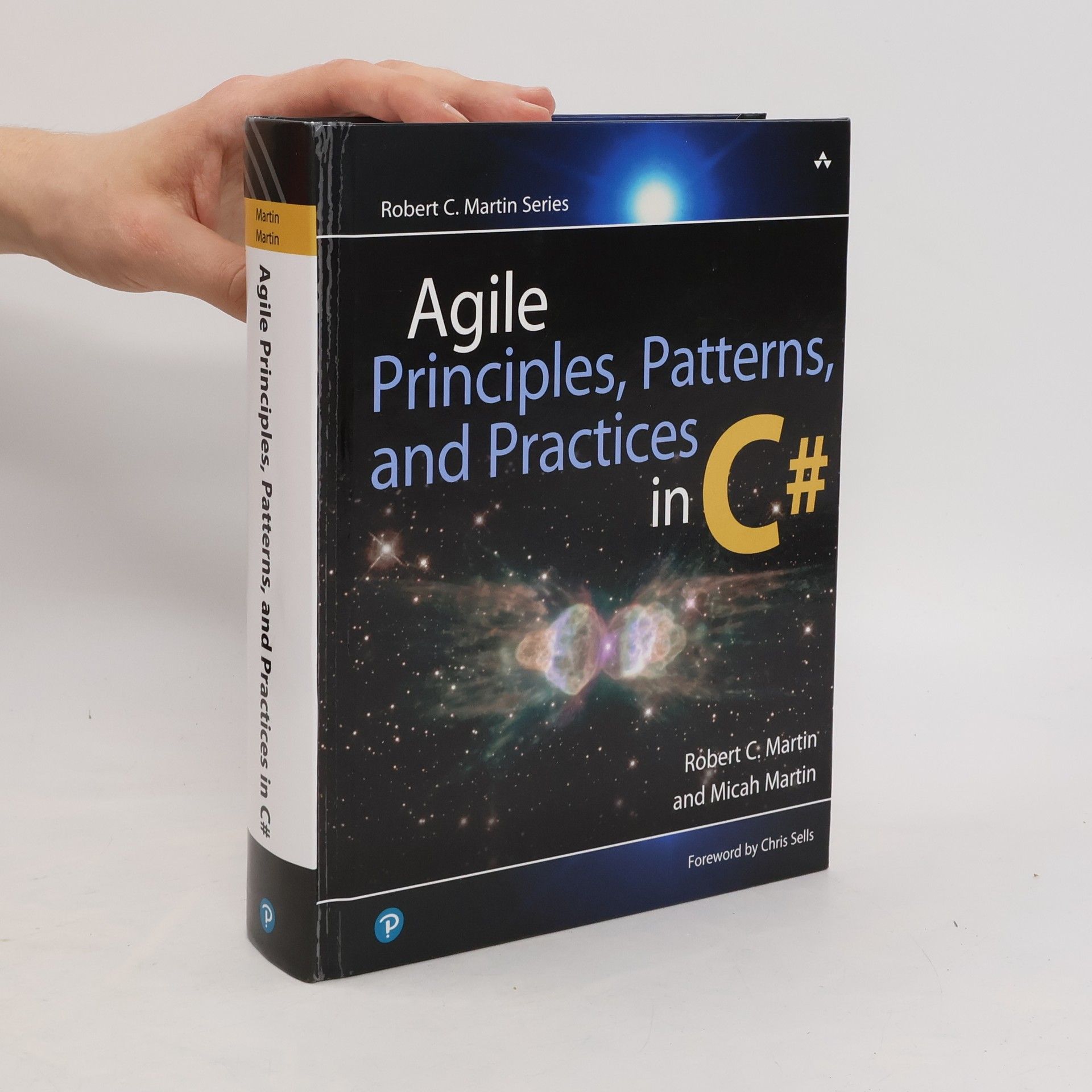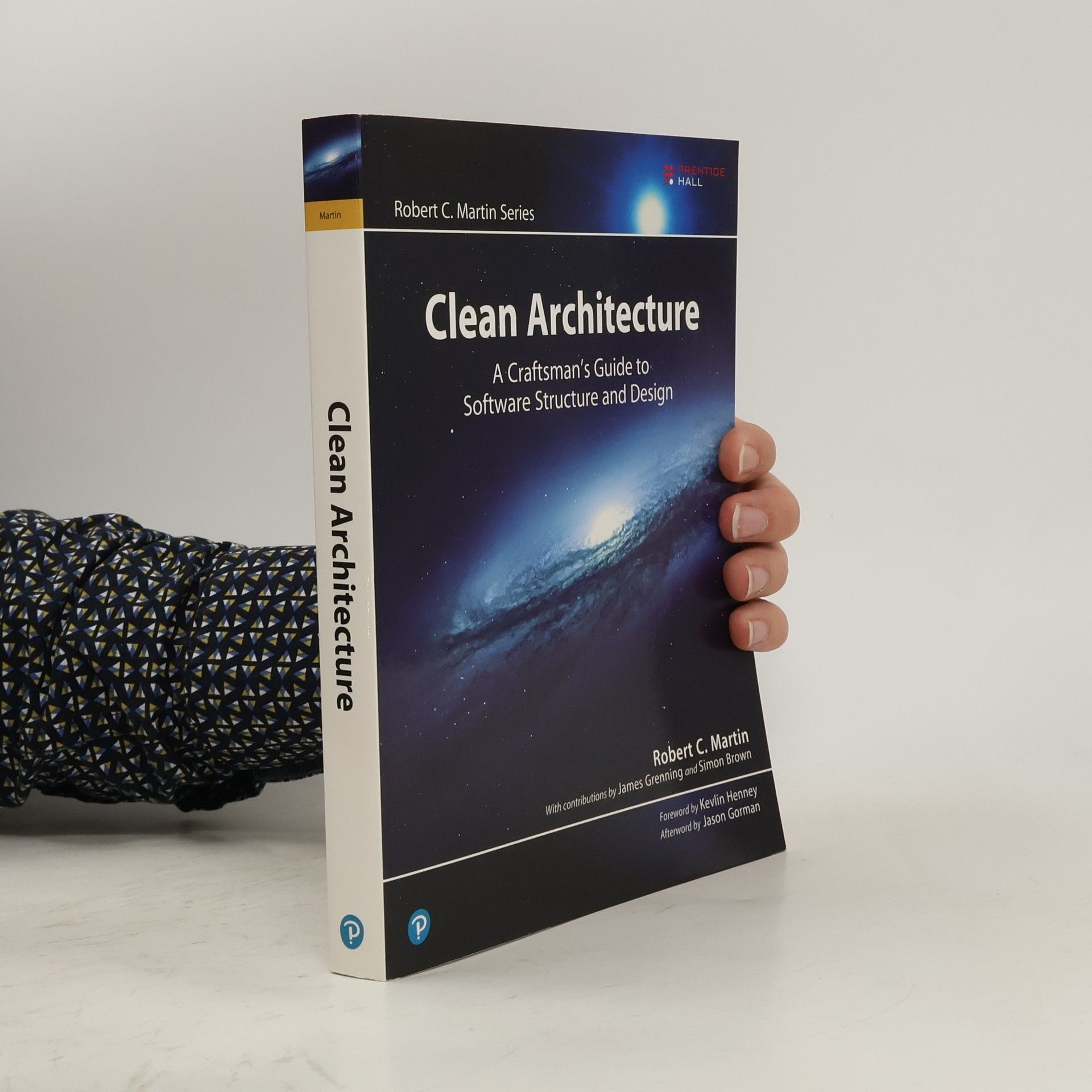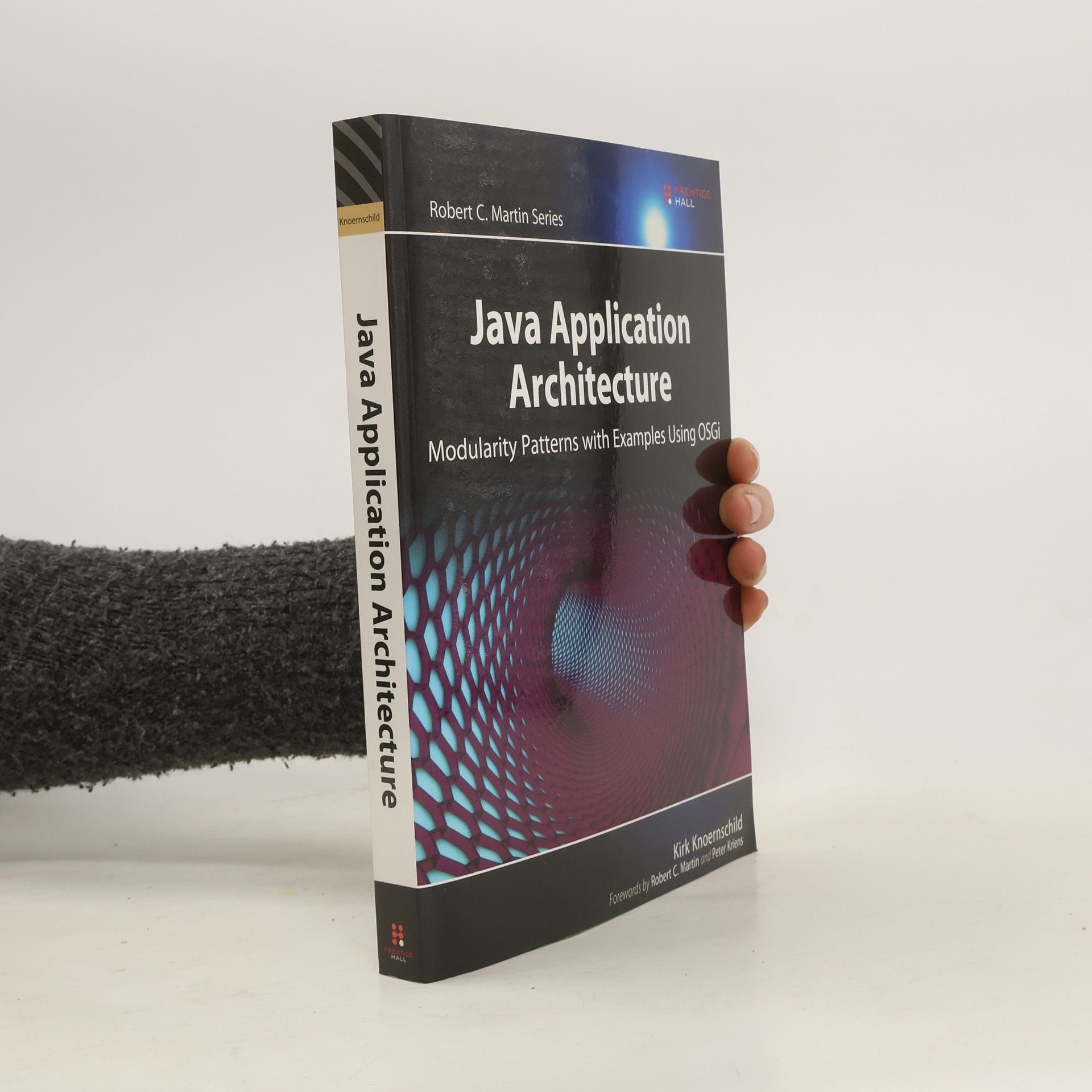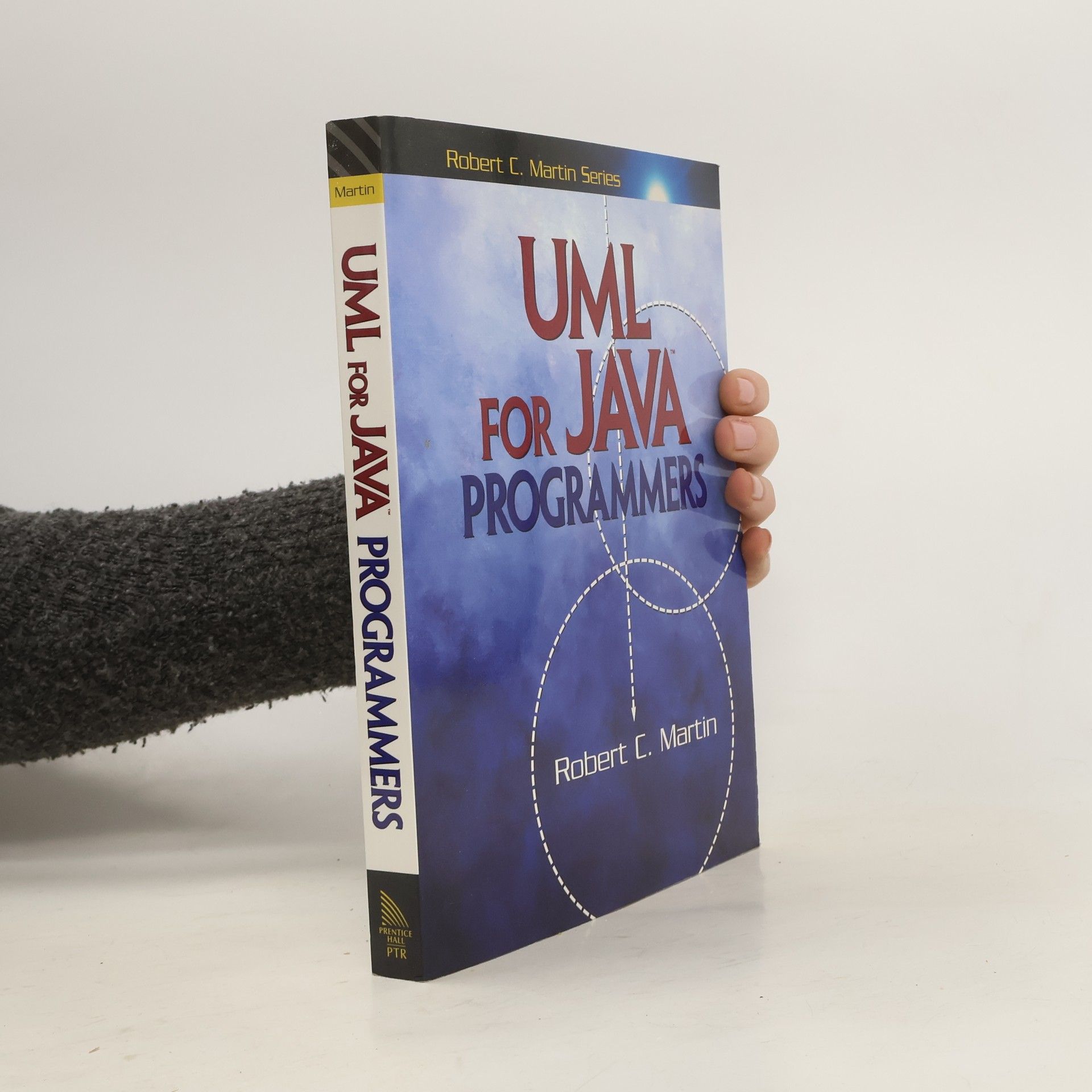Amid a global crisis, the narrative explores the self-serving motivations of individuals around the world who remain focused solely on their own ambitions. This timely publication sheds light on the contrasting human behaviors that emerge during challenging times, highlighting the persistence of personal agendas despite widespread adversity.
Robert C. Martin Libros
Robert Cecil Martin, conocido comúnmente como 'Uncle Bob', es un ingeniero de software y un destacado defensor de las metodologías de desarrollo ágil. Como presidente de Object Mentor Inc., dirige un equipo de consultores que aplican diseño orientado a objetos, patrones, UML, metodologías ágiles y eXtreme Programming con clientes a nivel mundial. Anteriormente fue editor en jefe del C++ Report y es un orador muy solicitado en conferencias internacionales.






In his lifetime Gerard Manley Hopkins (1844-1889) published just a single poem - only a few close friends were aware he wrote. Much of his work was burnt by fellow Jesuits on his death. And yet Hopkins is today a huge figure in English literature. This title tells this extraordinary story from Hopkins' early life and studies at Oxford.
Agile principles, patterns and practices in C#
- 768 páginas
- 27 horas de lectura
With the award-winning book Agile Software Development: Principles, Patterns, and Practices, Robert C. Martin helped bring Agile principles to tens of thousands of Java and C++ programmers. Now .NET programmers have a definitive guide to agile methods with this completely updated volume from Robert C. Martin and Micah Martin, Agile Principles, Patterns, and Practices in C#. This book presents a series of case studies illustrating the fundamentals of Agile development and Agile design, and moves quickly from UML models to real C# code. The introductory chapters lay out the basics of the agile movement, while the later chapters show proven techniques in action. The book includes many source code examples that are also available for download from the authors’ Web site. Readers will come away from this book understanding Whether you are a C# programmer or a Visual Basic or Java programmer learning C#, a software development manager, or a business analyst, Agile Principles, Patterns, and Practices in C# is the first book you should read to understand agile software and how it applies to programming in the .NET Framework.
Agile Software Development, Principles, Patterns, and Practices
- 552 páginas
- 20 horas de lectura
Designed for courses in Object-Oriented Design and C++, this book provides an in-depth exploration of intermediate programming concepts. It emphasizes practical applications and real-world scenarios to enhance understanding of object-oriented principles. The content is structured to support both learning and teaching, making it an essential resource for students and instructors alike.
Clean Agile
- 240 páginas
- 9 horas de lectura
Shows how to bring unprecedented levels of professionalism and discipline to agile development - and thereby write far more effective, successful software
Clean Craftsmanship
- 416 páginas
- 15 horas de lectura
In Clean Craftmanship: Programming with Pride , the legendary Robert C. Martin ("Uncle Bob") has written every programmer's definitive guide to working well. Martin brings together the disciplines, standards, and ethics you need to deliver robust, effective code quickly and productively, and be proud of all the software you write - every single day.Martin, the best-selling author of The Clean Coder, begins with a pragmatic, technical, and prescriptive guide to five foundational disciplines of software craftsmanship: test-driven development, refactoring, simple design, collaborative programming (pairing), and acceptance tests. Next, he moves up to standards -- outlining the baseline expectations the world has of software developers, illuminating how those often differ from their own perspectives, and helping you repair the mismatch. Finally, he turns to the ethics of the programming profession, describing ten fundamental promises all software developers should make to their colleagues, their users, and above all, themselves.With Martin's guidance and advice, you can consistently write code that builds trust instead of undermining it: trust among your users, and throughout a society that depends on software for its very survival.
The Clean Coder
- 210 páginas
- 8 horas de lectura
Presents practical advice on the disciplines, techniques, tools, and practices of computer programming and how to approach software development with a sense of pride, honor, and self-respect.
Clean architecture: a craftsman's guide to software structure and design
- 432 páginas
- 16 horas de lectura
Building upon the success of best-sellers The Clean Coder and Clean Code, legendary software craftsman Robert C. "Uncle Bob" Martin shows how to bring greater professionalism and discipline to application architecture and design. As with his other books, Martin's Clean Architecture doesn't merely present multiple choices and options, and say "use your best judgment": it tells you what choices to make, and why those choices are critical to your success. Martin offers direct, is essential reading for every software architect, systems analyst, system designer, and software manager-- and for any programmer who aspires to these roles or is impacted by their work.
Explores how to incorporate modular design thinking into Java application development.
The Unified Modeling Language has become the industry standard for the expression of software designs. The Java programming language continues to grow in popularity as the language of choice for the serious application developer. Using UML and Java together would appear to be a natural marriage, one that can produce considerable benefit. However, there are nuances that the seasoned developer needs to keep in mind when using UML and Java together. Software expert Robert Martin presents a concise guide, with numerous examples, that will help the programmer leverage the power of both development concepts. The author ignores features of UML that do not apply to java programmers, saving the reader time and effort. He provides direct guidance and points the reader to real-world usage scenarios. The overall practical approach of this book brings key information related to Java to the many presentations. The result is an highly practical guide to using the UML with Java.



